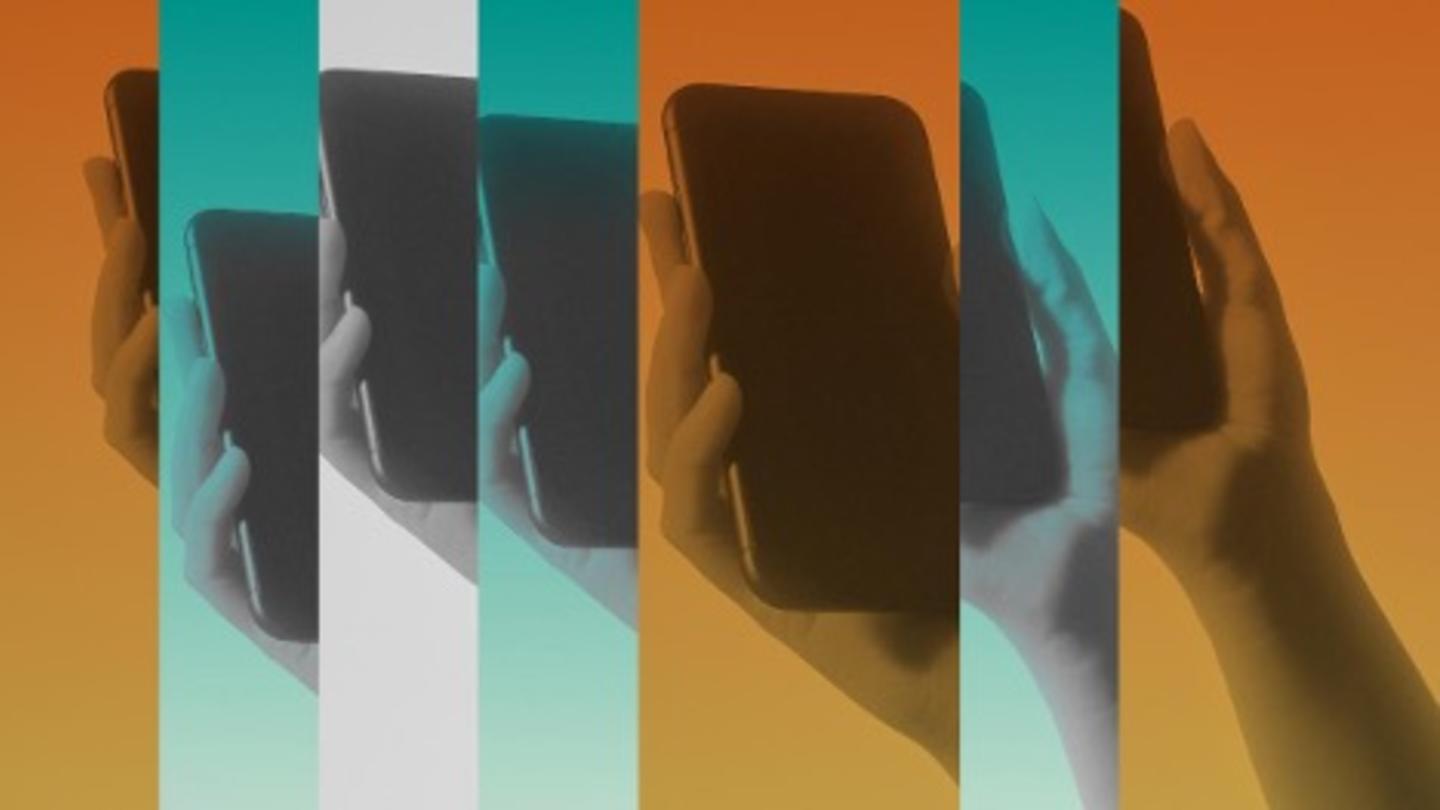As a teenager and young adult, Amy Wu seemed to be on the “perfect” path — she was accepted into an elite university, secured prestigious internships, and launched her career in Silicon Valley right after graduation.
Smooth sailing, right? Not quite.
Along with those impressive achievements, Wu faced a series of “firsts” that took a toll on her mental health: her first major friend conflict, the end of her first relationship, and her first stressful job. These led to bouts of anxiety and self-doubt that she didn’t know how to handle.
“I realized during that time that I had no emotional toolkit to deal with these things,” she said.
She looked around and noticed she wasn’t the only one facing these emotional challenges — her friends were experiencing the same struggles. Like her, they felt ill-equipped to navigate the overwhelming emotions that accompanied them.
Research shows that 73% of Gen Zers report feeling lonely, 50% battle daily anxiety, and as a group, Gen Z scored lower on emotional intelligence surveys in 2023 than it did in 2019.
“How Gen Z feels on a daily basis is distinct from other generations,” according to the Voices of Gen Z Study 2024 by Gallup and the Walton Family Foundation. “Incidence of negative emotions is particularly high among Gen Z, which reports rates of anxiety, stress, sadness and loneliness at least seven percentage points higher than those of millennials, Gen X, baby boomers, and the Silent Generation.”
Pinpointing the exact cause of these alarmingly high numbers is challenging. Experts have weighed in with economic instability, COVID-19, social media, fewer in-person interactions, 24/7 news cycles, cyberbullying, gun violence, academic stress, and more frequent negative mental health episodes at younger ages.
Wu realized in her own life that her mental health challenges could not be addressed solely in a doctor’s office or within the confines of therapy sessions. It needed to become a lifestyle.
She spent years on a personal quest to build her emotional toolkit, navigating a path of trial and error. From meditation and journaling to therapy, she explored every option she could find — but each solution required her to seek it out on her own. There was no central resource or foundational guide to help her through her journey of self-discovery.
So, she developed a solution she believed could benefit herself and her peers.
Wu designed Manifest, an AI-powered app that helps Gen Zers cultivate daily mental health habits through gamification. Marketed as “Shazam for your feelings,” Manifest’s AI backend listens to users. It assists them in pinpointing their mood and its underlying causes, much like how Shazam identifies a song after a few notes. Over time, the app helps users recognize patterns in their moods and habits, providing useful feedback for improvement.
Wu’s goal is to make wellness feel accessible and engaging by offering fun, bite-sized practices that turn the ongoing journey of mental health into manageable challenges for her generation.
Could this innovation transform how we tackle mental health going forward?
Sign up for the Stand Together newsletter and get stories, ideas, and advice from changemakers to help you tackle America’s biggest problems.
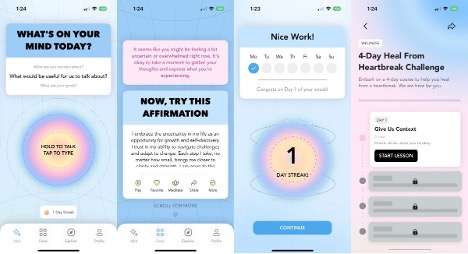
Wellness as an infinite game
Wu looks at mental and physical wellness as an infinite game — an ongoing journey without a destination.
“It’s like you have to build your toolkit in the beginning, and then using that toolkit becomes an infinite game,” she said. “It’s the same as exercise. I could exercise every single day for the rest of my life, and I would never be done.”
The challenge with infinite pursuits is that they can be difficult for us to comprehend and maintain our focus. We’re conditioned to set goals and tick them off our lists, treating everything as having a clear endpoint — like final exams or landing our dream jobs.
“The reality is that most humans, including myself, are not good at these infinite challenges of life,” said Wu. “Those things are the first to fall to the back burner, versus, ‘I have an exam to study for’ or ‘I have this assignment that’s due.’ ‘I have to do XYZ for my work.’ You name it.”
Traditional mental health treatments often focus on achieving specific, finite goals. Together, the therapist and the individual establish goals for improvement, allowing them to recognize when they’ve achieved success and the person no longer needs therapy.
Goals are useful in many areas of life, but a person’s mental health journey doesn’t begin and end with therapy. Mental health and wellness are lifelong pursuits.
Viewing wellness as a finite goal has significant drawbacks. It fosters unrealistic expectations and feelings of failure when milestones aren’t met. It reduces mental health to a mere checklist of symptoms to address and sidelines the importance of lifelong learning and personal growth. It can perpetuate stigma, implying that those who continue to struggle after treatment have “failed” or lack effort, further isolating them in their journey.
“The question with Manifest now is: ‘How do we build these really fun, bite-sized, delightful practices for our users that help build this habit and muscle over time?’” Wu said.
If the Gen Z user is the hero of their story, Manifest is the mentor in their pocket.
Most interactions with the app mimic a personal conversation, creating a more engaging experience. Wu emphasized that for Gen Z, technology is an integral part of daily life, making constant accessibility essential for breaking the infinite game of wellness into manageable, bite-sized segments.
Users can communicate with the app through voice notes, sharing their experiences and receiving real-time insights — an approach that aligns with Gen Z’s preference for talking, not texting, about their lives.
Let’s move from helplessness to resilience
One of the key traits Wu has observed in Gen Zers and aims to help them overcome is a sense of helplessness. “I saw this generation grow up with almost a victim mentality of, ‘These things are happening to me, and my life sucks, and I hate my life, and I have no friends, and I’m never going to make money,’” she said. “They have these very catastrophic ways of thinking.”
According to Wu, the evolution of social media has played a major role in fostering this tendency for Gen Zers to compare themselves to unattainable standards. Facebook initially connected users with local friends, allowing them to compare experiences. “Sally might have gotten a car at 16,” Wu explained. “I didn’t get a car, but her car is probably still a Toyota Camry because she’s still in my town.”
With Instagram, users could opt to follow influencers, exposing them to lifestyles and experiences that felt unattainable, like luxury vacations. “I can go watch this influencer go to Bali, and that’s crazy because I’m never going to go to Bali, or I’m not going to go to Bali at age 12,” Wu said. “I can see that she’s doing that, but I’m only really going to see it if I [choose to] follow her.”
However, with TikTok, you don’t even need to consciously choose to follow someone. Its algorithm curates content for users based on engagement rather than mutual connections. This means that Gen Z is inundated with images of peers living extravagant lives — flying on jets or dating celebrities — furthering feelings of hopelessness and helplessness.
“We have to swing the pendulum back the other way,” said Wu.
Manifest aims to counter this trend through affirmations that empower users without making unrealistic promises. Instead of suggesting instant solutions, the app encourages self-worth and personal agency, reminding users that they deserve love, can find their community, and have the potential to achieve their goals through hard work.
It focuses on building confidence and resilience, helping individuals navigate their daily challenges and embrace their unique journeys rather than feeling diminished by the seemingly perfect lives others portray online.
Can mental health be personal and scalable?
Through user feedback and her own experience, Wu identified relationships as the top concern for Gen Z, so Manifest focuses heavily on relationship mindfulness. In addition to daily practices and “vibe checks,” it offers a range of challenges — multiday programs that walk users through processing emotions around specific issues.
These challenges start small, like a “4-Day Challenge to Heal from Heartbreak,” and can extend to longer, more in-depth programs like a 28-day challenge. Manifest invites users to share their experiences related to the challenge, followed by thought-provoking questions that encourage them to reflect on their feelings. Each day, users are prompted to acknowledge and discuss their emotions, focusing on their progress and improvements.
“We don’t promise you’ll solve all your problems in eight days,” Wu said, referring to an eight-day challenge. “But can we get you to commit to thinking about it for eight days, and processing it, and moving through some of those emotions?”
Manifest is not a social platform, but users have begun to engage with the brand on Instagram and TikTok. They frequently share screenshots of their Manifest experiences, such as affirmations and meditation activities. This organic sharing provides valuable insights into how users connect with the app, prompting the team to explore ways to foster a broader community and enhance engagement.
It’s a model that makes mental health both personal and scalable. While not a substitute for conventional therapy, Manifest helps individuals along their mental health journeys. The goal is to establish a daily mental health practice to help prevent crises and reduce the need for more intensive interventions.
It’s the toolkit Wu wishes she’d had growing up, and now she’s determined to provide it to others in her generation.
“For every person that is experiencing these big life changes that they feel like they have no ability to handle, can we be that toolkit for them?” she said. “Not only just be the toolkit, but be a really delightful toolkit for them, and deliver them joy through that?”
Manifest is supported by Stand Together Ventures Lab, which invests in and supports founders and their early-stage start-ups that are challenging the status quo.
Learn more about Stand Together’s health care efforts and explore ways you can partner with us.
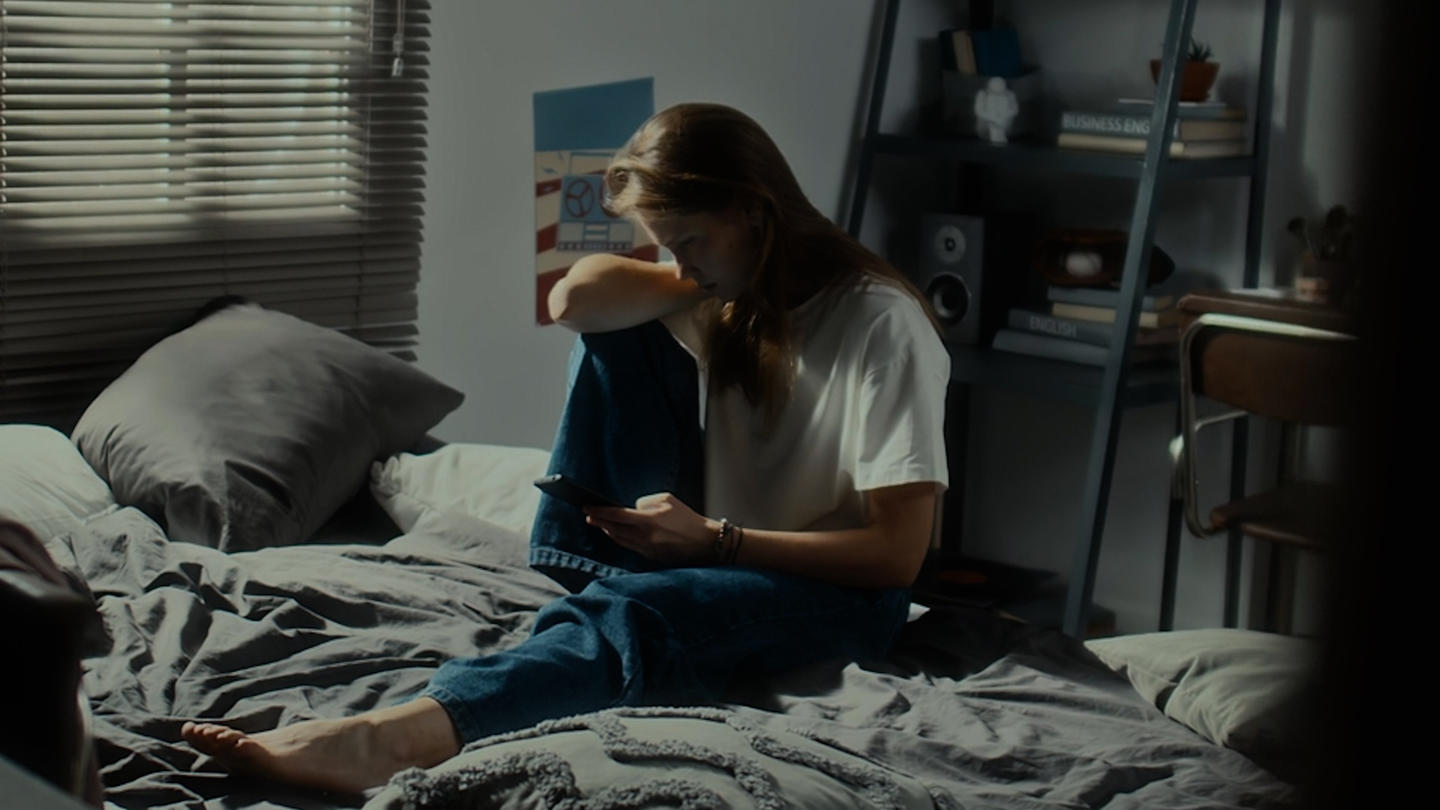
Mental health care is too narrow, possibly worsening the crisis. These changemakers have a plan.
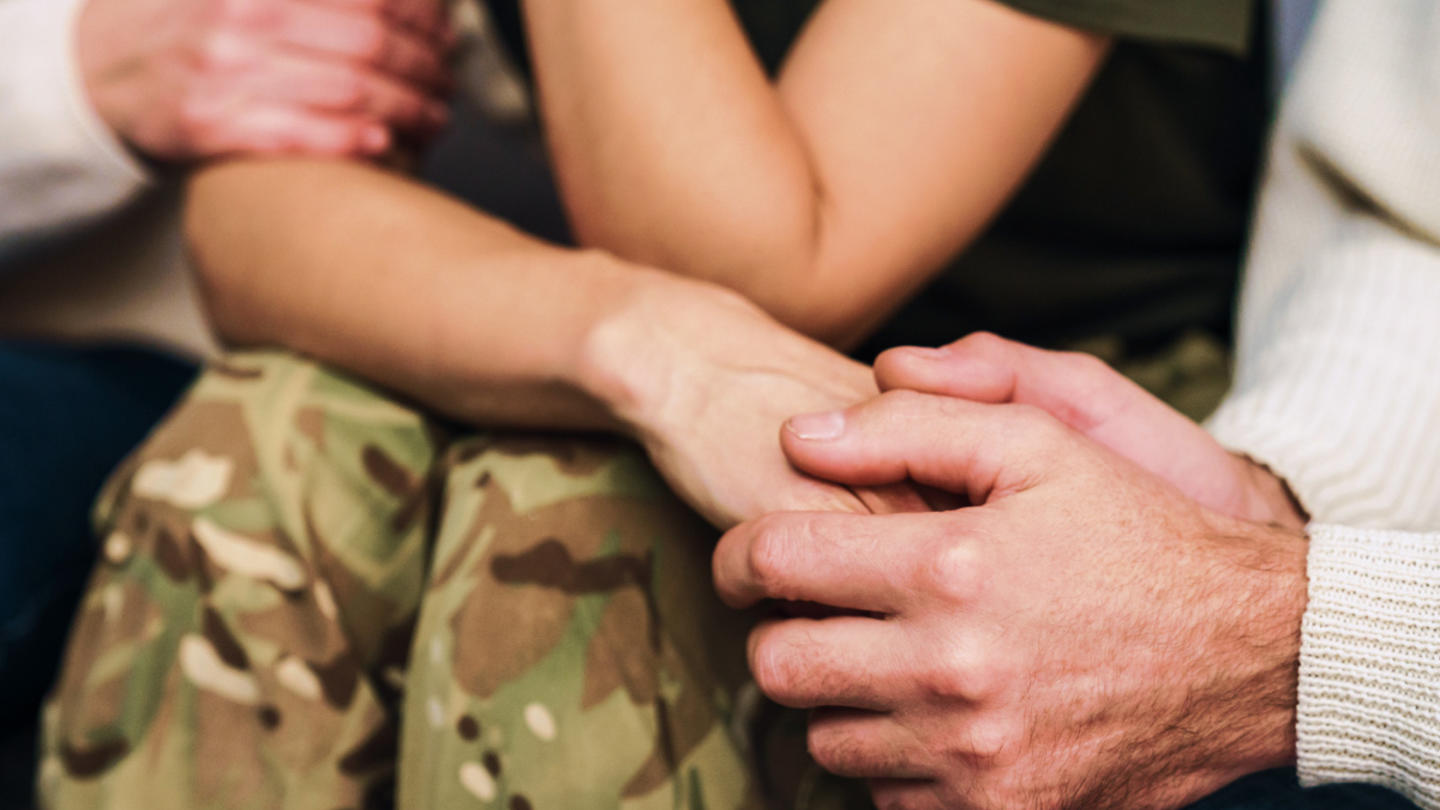
Peer support may be the key to transforming mental health care. So far, it’s working for millions.
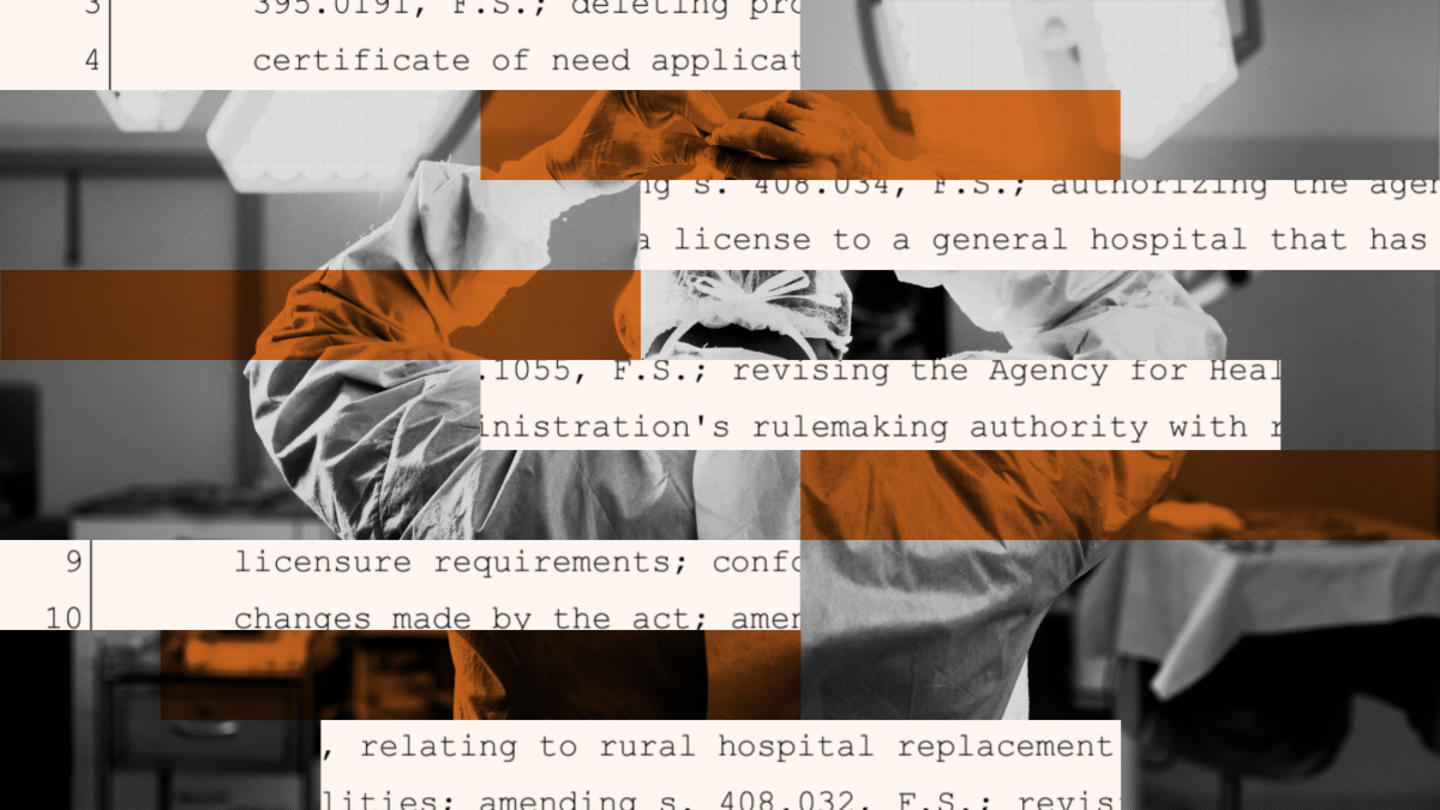
States with CON laws have higher prices, fewer medical facilities, and inferior patient outcomes.
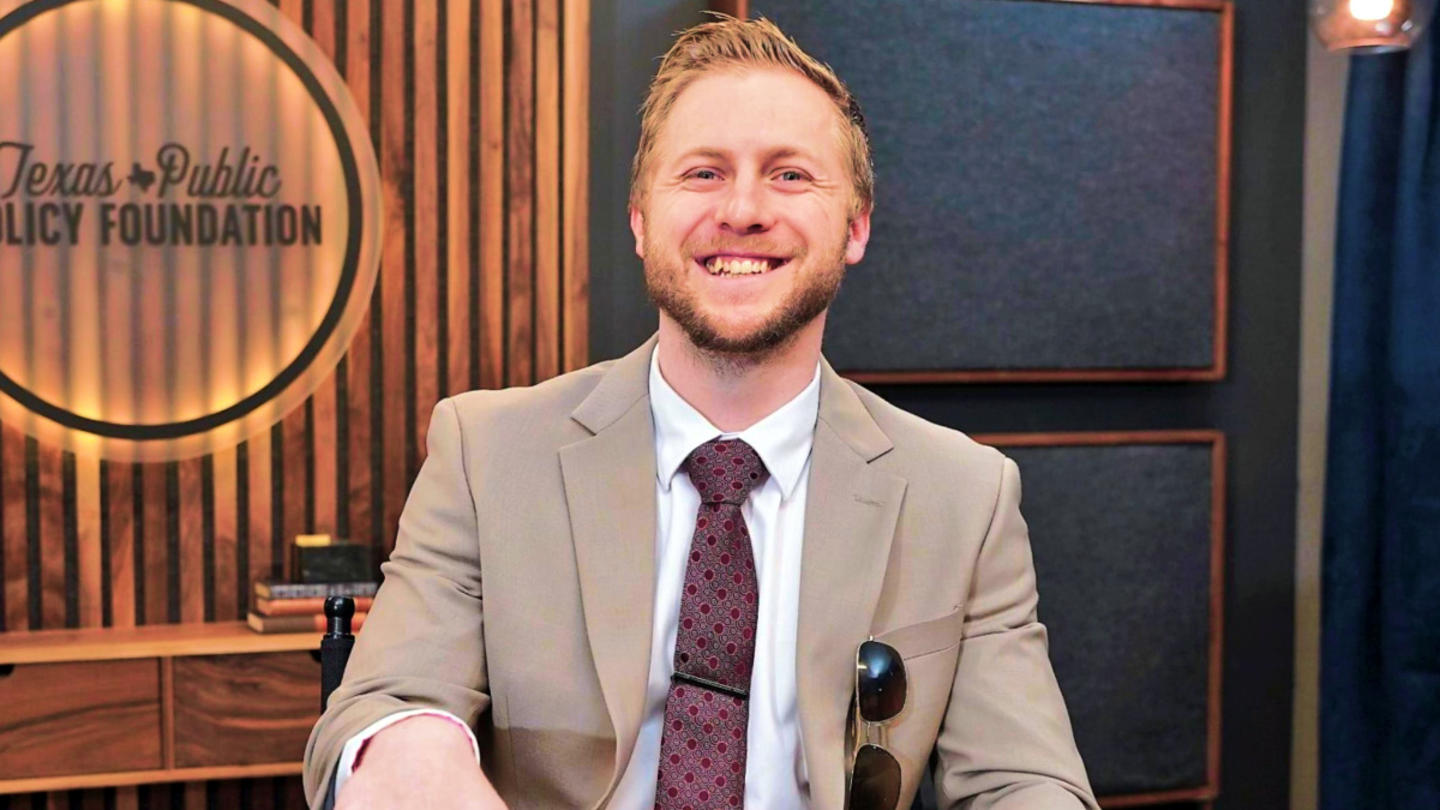
Tanner Aliff is a policy and health expert transforming America's health care system. Here's how.
